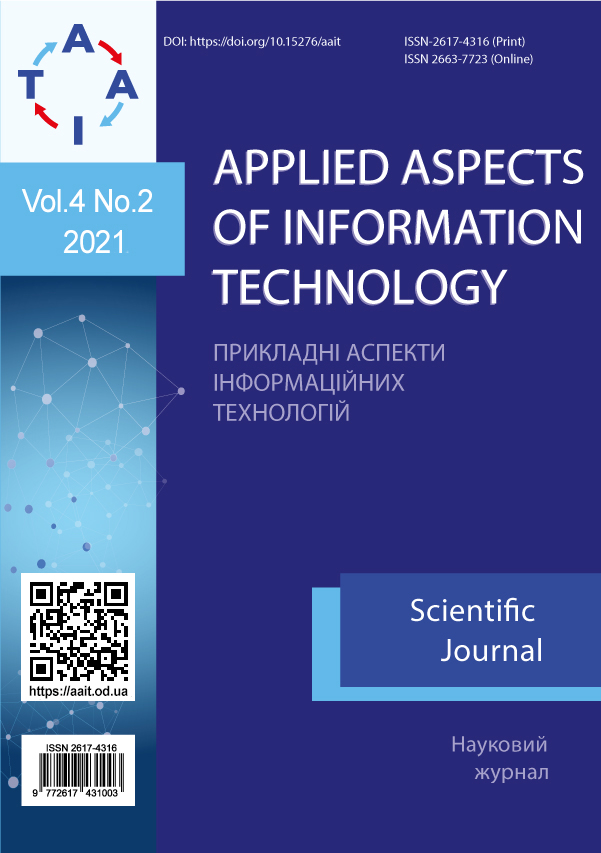Discrete approximation of continuous objects with MATLAB
Main Article Content
Abstract
This work is dedicated to the study of various discrete approximation methods for continuous links, which is the obligatory step in the digital control systems synthesis for continuous dynamic objects and the guidelines development for performing these operations using the MATLAB programming system. The paper investigates such sampling methods as pulse-, step-, and linearly invariant Z-transformations, substitution methods based on the usage of numerical integration various methods and the zero-pole correspondence method. The paper presents examples of using numerical and symbolic instruments of the MATLAB to perform these operations, offers an m-function improved version for continuous systems discretization by the zero-pole correspondence method, which allows this method to approach as step-invariant as linearly invariant Z-transformations; programs for continuous objects discrete approximation in symbolic form have been developed, which allows to perform comparative analysis of sampling methods and systems synthesized with their help and to study quantization period influence on sampling accuracy by analytical methods. A comparison of discrete transfer functions obtained by different methods and the corresponding reactions in time to different signals is performed. Using of the developed programs it is determined that the pulse-invariant Z-transformation can be used only when the input of a continuous object receives pulse signals, and the linear-invariant transformation should be used for intermittent signals at theinput. The paper also presents an algorithm for applying the Tustin method, which corresponds to the replacement of analogue integration by numerical integration using trapezoidal method. It is shown that the Tustin method is the most suitable for sampling of first-order regulators with output signal limitation. The article also considers the zero-pole correspondence method and shows that it has the highest accuracy among the rough methods of discrete approximation. Based on the performed research, recommendations for the use of these methods in the synthesis of control systems for continuous dynamic objects are given.



